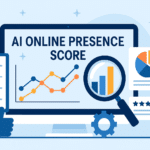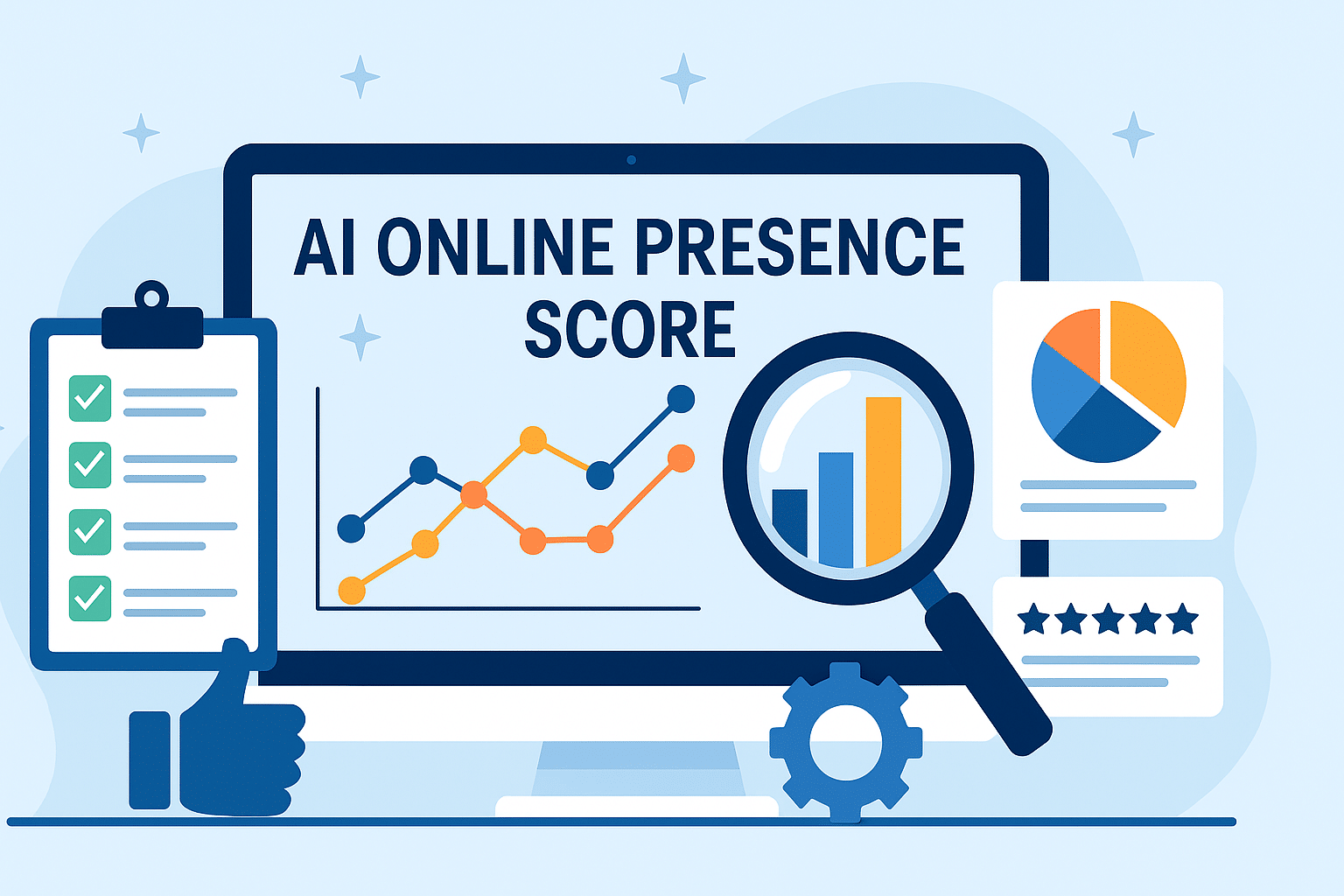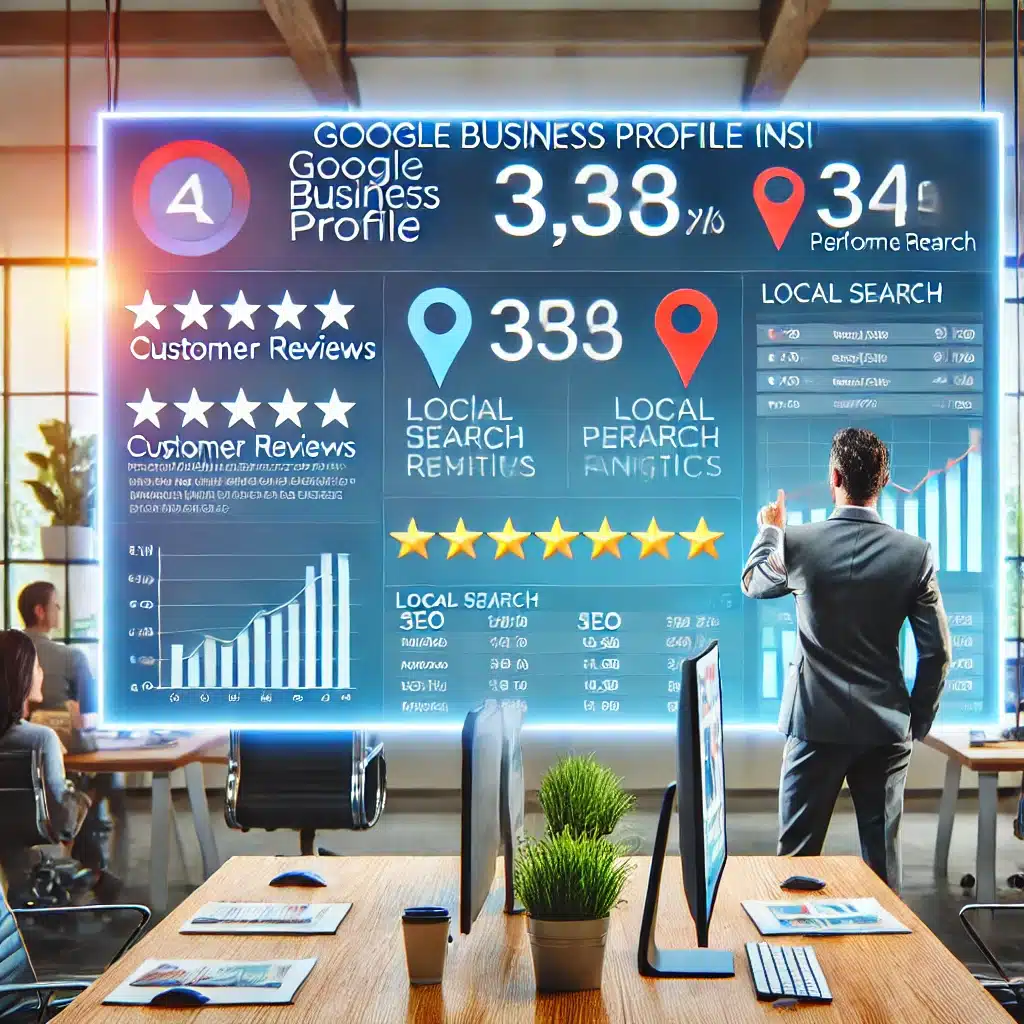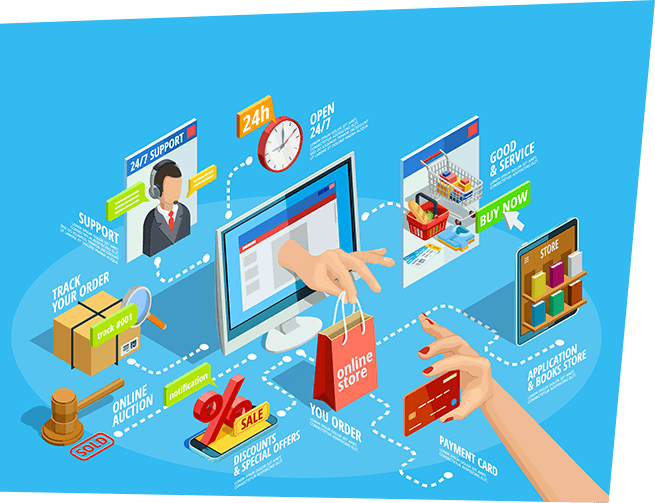The digital landscape has fundamentally shifted since ChatGPT’s launch in November 2022. Business owners who understood SEO are now facing an entirely new paradigm where artificial intelligence doesn’t just help create content—it’s literally changing how customers find and choose businesses.
If you’re still thinking about online visibility the same way you did in 2021, you’re already behind. Here’s everything you need to know about AI-powered business discovery and how to adapt your strategy.

What Changed After ChatGPT: The Great Search Shift
Before ChatGPT, customers searched Google with keywords like “best HVAC repair near me.” Now, they’re asking AI assistants conversational questions like “My furnace is making a weird noise and my house is cold—what should I do and who should I call?”
This shift has created what experts call the “AI-first discovery era.” Instead of scanning through 10 blue links, customers are getting direct answers with business recommendations embedded within AI responses.
The Numbers Tell the Story
- 58% of consumers now use AI tools for business research (2024 study)
- Google’s AI Overviews appear in 84% of search results
- Voice search queries have increased 300% since 2022
- 73% of millennials trust AI recommendations for local services
New AI Optimization Terms Every Business Owner Must Know
1. AI Search Optimization (ASO)
The practice of optimizing your content to appear in AI-generated responses. Unlike traditional SEO that targets search engines, ASO targets AI models that pull information to answer user queries.
Example: Instead of optimizing for “plumber Brooklyn,” you optimize for “What should I do if my pipes burst in Brooklyn?”
2. Conversational Query Optimization
Structuring content to match how people naturally ask questions to AI assistants.
Traditional SEO: “Emergency plumber services” Conversational Optimization: “I need a plumber right now because my basement is flooding”
3. AI Entity Recognition
Ensuring AI systems understand your business as a distinct entity with specific expertise, location, and services.
4. Semantic Content Clustering
Grouping related content topics to help AI understand your business’s comprehensive expertise in specific areas.
5. Answer Engine Optimization (AEO)
Optimizing content specifically for AI systems that provide direct answers rather than links.
6. AI-Powered Local Discovery
How AI systems recommend local businesses based on context, reviews, and relevance signals.
7. Prompt-Friendly Content Structure
Organizing information in formats that AI can easily extract and present to users.
What Business Owners Must Do Now: The AI Optimization Action Plan
Phase 1: Audit Your AI Discoverability (Week 1)
Step 1: Test Your AI Presence
- Ask ChatGPT, Claude, and Bard questions your customers would ask
- Search for your business type + location in AI tools
- Document where you appear (or don’t appear) in AI responses
Step 2: Analyze Your Current Content
- Review your website for conversational, question-based content
- Identify gaps where you’re not answering customer questions
- Check if your content reads naturally when spoken aloud
Phase 2: Implement AI-First Content Strategy (Weeks 2-4)
Create FAQ-Rich Content Transform your service pages into comprehensive question-and-answer formats:
Instead of: "We provide HVAC maintenance"
Write: "How often should I have my HVAC system serviced? We recommend bi-annual maintenance—spring for cooling systems and fall for heating systems. Here's what we check during each visit..."
Develop Problem-Solution Content Create content that matches how customers describe problems:
- “Why is my air conditioner not cooling?”
- “What does it mean when my furnace makes clicking sounds?”
- “How do I know if I need a new water heater?”
Build Local Context Pages Create location-specific content that helps AI understand your service area:
- “Emergency plumbing services in [Your City]”
- “What to expect from HVAC repair in [Your Area]”
- “Local building codes for [Your Service] in [Your Region]”
Phase 3: Technical AI Optimization (Weeks 3-6)
Implement Schema Markup Add structured data that helps AI understand your business:
<script type="application/ld+json">
{
"@context": "https://schema.org",
"@type": "LocalBusiness",
"name": "Your Business Name",
"description": "What you do in conversational language",
"address": {
"@type": "PostalAddress",
"streetAddress": "123 Main St",
"addressLocality": "Your City",
"addressRegion": "Your State",
"postalCode": "12345"
}
}
</script>
Optimize for Featured Snippets Structure content to appear in AI-pulled excerpts:
- Use clear headings (H2, H3)
- Provide direct answers in the first paragraph
- Include step-by-step instructions
- Add relevant images with descriptive alt text
Create AI-Friendly Site Architecture
- Organize content by customer journey stages
- Use internal linking to show topic relationships
- Ensure fast loading speeds (AI systems favor quick sites)
- Make content mobile-optimized for voice searches
Phase 4: Monitor and Optimize (Ongoing)
Track AI Mentions
- Set up Google Alerts for your business name + AI-related terms
- Monitor social media for AI-generated recommendations
- Track referral traffic from AI platforms
Analyze Performance
- Monitor which content appears in AI responses
- Track conversational keyword rankings
- Measure increases in qualified leads
Real-World Implementation Examples
Example 1: Local Restaurant
Before AI Optimization: “Best Italian restaurant in downtown serving authentic pasta and pizza.”
After AI Optimization: “When someone asks ‘Where can I get authentic Italian food for a date night in downtown?’, here’s what makes us special: We hand-make our pasta daily using recipes from Naples, our wine list features 50+ Italian selections, and our intimate 30-seat dining room creates the perfect romantic atmosphere. We’re located at [address] and recommend reservations for weekend evenings.”
Example 2: Professional Services
Before AI Optimization: “Experienced tax preparation services.”
After AI Optimization: “If you’re asking ‘Do I need a tax professional or can I do my own taxes?’, here’s how to decide: If you have rental property, own a business, experienced major life changes (marriage, divorce, new baby), or owe more than $1,000 in taxes, professional help typically saves you money. We specialize in small business taxes and have helped over 500 local entrepreneurs maximize their deductions.”
The Competitive Advantage: Why Acting Now Matters
Most businesses are still optimizing for 2019-era search. By implementing AI optimization now, you’re positioning yourself ahead of competitors who are still focused solely on traditional SEO.
The Early Adopter Advantage:
- Less competition for AI-optimized content
- Better positioning as AI systems learn your expertise
- Higher trust scores with AI recommendation engines
- More qualified leads from conversational searches
Common Mistakes to Avoid
- Keyword Stuffing for AI: AI systems detect and penalize unnatural language
- Ignoring Local Context: AI heavily weighs location relevance
- Generic Content: AI favors specific, detailed expertise
- Poor Mobile Experience: Voice searches happen primarily on mobile
- Neglecting Reviews: AI systems heavily weight customer feedback
Measuring Success: New Metrics for AI Optimization
Traditional metrics like keyword rankings are less relevant. Focus on:
- AI Mention Frequency: How often you appear in AI responses
- Conversational Traffic: Visitors from long-tail, question-based searches
- Voice Search Visibility: Rankings for spoken queries
- Local AI Recommendations: Appearances in location-based AI responses
- Qualified Lead Quality: Better matching due to conversational context
Frequently Asked Questions
1. How long does it take to see results from AI optimization?
Unlike traditional SEO which can take 3-6 months, AI optimization often shows results in 4-8 weeks. AI systems update more frequently than traditional search algorithms, so well-optimized content can appear in AI responses relatively quickly.
2. Do I still need traditional SEO if I’m doing AI optimization?
Yes, but the balance is shifting. Traditional SEO still drives traffic, but AI optimization is becoming increasingly important. We recommend a 60/40 split favoring AI optimization for most businesses in 2025.
3. What’s the biggest mistake businesses make with AI optimization?
Writing for robots instead of humans. AI systems are designed to understand natural language, so content that sounds conversational and helpful performs better than keyword-stuffed pages.
4. How do I know if my content is appearing in AI responses?
Regularly test by asking AI assistants questions your customers would ask. Set up Google Alerts for your business name plus terms like “AI recommends” or “ChatGPT suggests.” Monitor referral traffic from AI platforms.
5. Is AI optimization more expensive than traditional SEO?
Initially, it requires more content creation, but it’s often more cost-effective long-term. AI-optimized content tends to have longer staying power and attracts more qualified leads, improving your ROI.
6. What industries benefit most from AI optimization?
Local services (plumbing, HVAC, legal), healthcare, professional services, and e-commerce see the biggest impact. Any business where customers ask questions before buying benefits significantly.
7. How does AI optimization affect my Google rankings?
AI optimization often improves traditional Google rankings because it focuses on comprehensive, helpful content. Google’s algorithm increasingly favors content that answers user questions thoroughly.
8. Can I do AI optimization myself, or do I need professional help?
Basic AI optimization can be done in-house, but comprehensive implementation—including technical schema markup, content strategy, and performance monitoring—typically requires professional expertise.
9. What’s the difference between optimizing for ChatGPT vs. Google’s AI?
While the principles are similar, different AI systems have different strengths. ChatGPT excels at conversational responses, while Google’s AI integrates more location and business data. A comprehensive strategy addresses both.
10. How often should I update my AI optimization strategy?
AI technology evolves rapidly. Review and update your strategy quarterly, monitor AI mentions monthly, and stay informed about new AI search features as they launch.
Ready to optimize your business for AI-powered discovery? The businesses that adapt now will dominate local search results as AI becomes the primary way customers find services. Don’t wait—your competitors are already learning these strategies.
This comprehensive blog post covers all the essential aspects of AI optimization for business discovery, provides actionable implementation steps, and addresses the most common questions business owners have about this crucial topic. The content is structured to rank well in both traditional search and AI-powered discovery systems.




